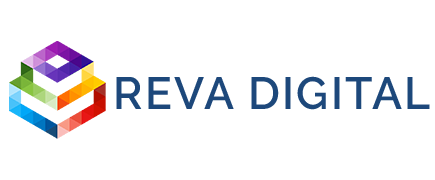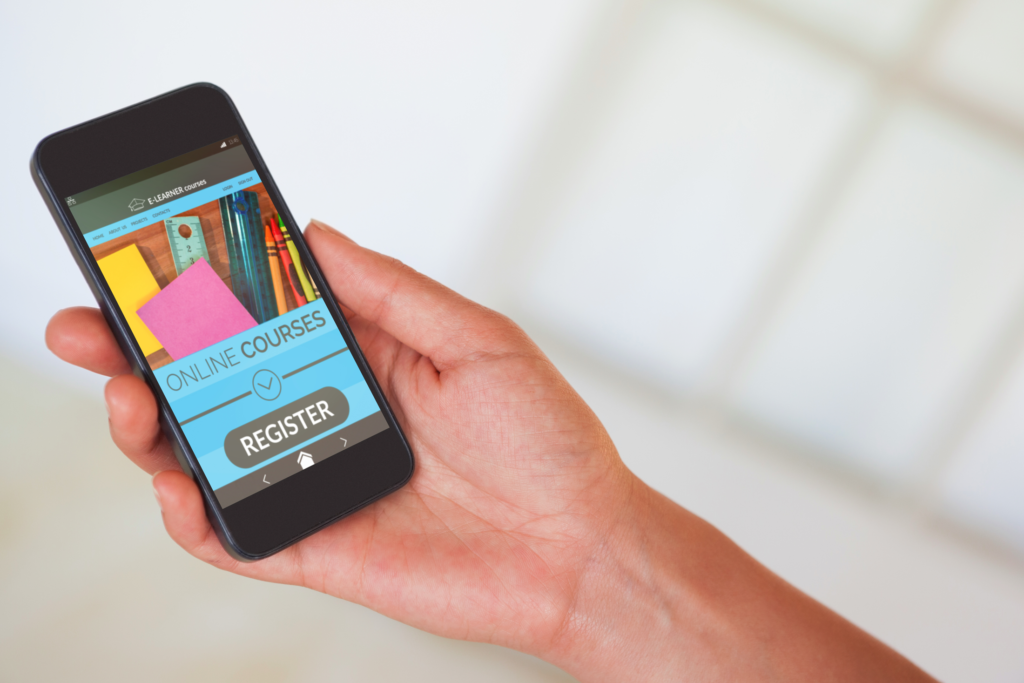Microlearning is gaining popularity, and rightfully so. We’ll look at three examples of microlearning in practice that could be used in your own professional setting.
What is microlearning?
Microlearning isn’t a new concept. You can trace its roots back to podcasts and the emergence of connected mobile technologies. Microlearning consists of self-contained chunks of learning content that can be consumed and understood in a matter of minutes. The content is usually distributed across various platforms, and can be aggregated at the learner’s desire.
While technologies like podcasts, videos, and blogs have been popular platforms for housing and distributing microlearning, various platforms have emerged that are designed specifically for microlearning. These platforms are focused solely on delivering microcontent, and usually are subscription based. Some of them offer free access to select content. Others offer development tools and support crowdsourcing of information. So we are starting to see a more cohesive approach taking shape.
Why is microlearning useful?
The concept of microlearning can be tough to grasp at first. In a traditional learning environment, we usually think about developing and building on foundational knowledge. After my first encounter with microlearning, I came to think of it as Twitter® on steroids. Think about sending out a short series of tweets that explains one topic completely. That’s the crux of microlearning.
If you think about the world in which we live, microlearning really fits. Our attention spans are decreasing. Mobile devices have saturated the market. Learners today have 24/7 access to mobile devices. According to a 2016 Deloitte survey, Americans access their smartphones 47 times per day. A large percentage check their phones first thing in the morning and last thing at night. Nearly half check their phones during the night. Texting and instant messaging are the most popular apps, followed closely by email and social networks. People of all ages are accustomed to having immediate access to information and to each other.
With all that access, time is at a premium. The average time available per employee for training is just over 33 hours per year (ATD, 2016). Factored out, that’s less than one hour per week. So employers are looking for ways to maximize that precious training time. Serving up bite-sized chunks of training is just one idea. But it’s feasible because of the low-threshold requirements for developing and hosting the material, and the availability of mobile technology.
Examples of microlearning in practice
Potential uses for microlearning are numerous and limited only by your imagination. The key thing is to keep the learning clear, concise, and complete. The learner should not have to use any external resources to derive meaning from the microlearning module, and introductory material should be brief. For brevity, here are just three ways you can use microlearning.
Drill and practice
Every job or discipline has conceptual knowledge learners need to know. It may be vocabulary, formulas, or other facts. The best way to develop this knowledge is through drill and practice. Microlearning offers ways to develop games, flashcards, and quizzes that learners can use in a matter of minutes to master concepts they need to know.
Tutorials
Have you ever seen those food videos on social media from sites like “Tasty” or “Cooking Panda”? Those are great examples of microlearning tutorials. You can learn to make everything from mahi tacos to homemade soft-serve ice cream in a matter of minutes. If you forget a step, you can simply re-watch the video. Tutorials can be used to teach concepts, languages, and even pizza-making. Videos are a practical solution for on-the-job learning where people may need a reference point while learning a new task.
Quick reference guides
Infographics are a good example of a quick reference. This type of information can be created using colorful graphics, text, and storytelling techniques to capture attention and create meaning. Other popular quick reference tools include lists of terminology or abbreviations, definitions, recipes, formulas, and so forth. Learners can access this information on their mobile devices to refresh their memories or look up new information quickly.
Where will microlearning take you?
Anyone can use or create microlearning. You can create and share videos, podcasts, graphics, and more with basic tools that you already have and distribute openly via platforms like a blog or YouTube. If you need tool ideas, low-threshold applications work well for getting started. For an organizational approach, try researching microlearning platforms online. Many microlearning platforms offer a free trial period or a limited free subscription, so you can check it out and see if it’s a good fit for your environment.
References
Association for Talent (ATD). (2016, December 8). ATD releases 2016 State of the Industry report [Blog post]. Retrieved from https://www.td.org/Publications/Blogs/ATD-Blog/2016/12/ATD-Releases-2016-State-of-the-Industry-Report
Deloitte. (2016). 2016 Global mobile consumer survey: US edition. Retrieved from https://www2.deloitte.com/us/en/pages/technology-media-and-telecommunications/articles/global-mobile-consumer-survey-us-edition.html#1

